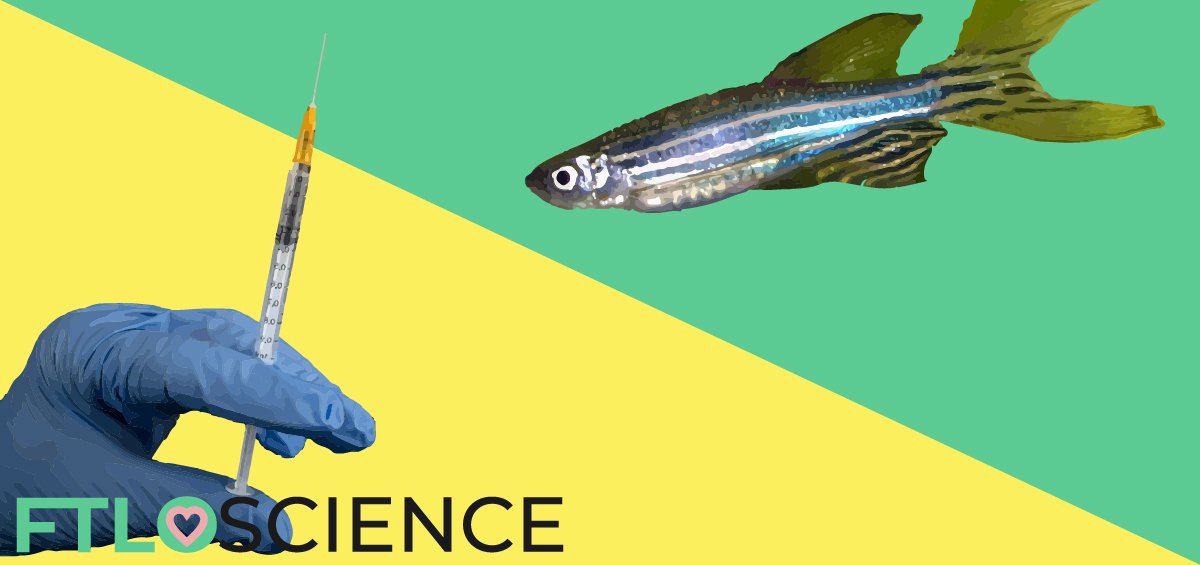What’s more dangerous than outright pseudoscience? The exaggeration of scientific truth by otherwise reliable sources, possibly. Oftentimes, news outlets and social media users don’t intend to mislead their followers, but rather can be a tad too eager to share the latest ‘scientific’ news. But once such information is released onto the internet, it becomes extremely difficult to reverse the damage. We take a look at some case studies that serve to highlight this pressing issue.
Can Farts Make You Live Longer?
Take a look at the picture and statement below that claims that hydrogen sulfide (H2S) could ‘help prevent mitochondrial damage, lowing (sic) the risk for cancer, stroke, heart attacks, and more.’ I first stumbled across this while browsing Instagram, and it was posted by an account that almost exclusively shared science facts. Immediately, alarm bells started to ring.

First off, it definitely sounds too good to be true. It seems a bit of a stretch to claim that H2S could lower the risk of the listed diseases, given that the gas is pretty toxic even at low concentrations. Secondly, the source wasn’t listed on the picture or in the comments. Finally, the grammatical error certainly didn’t help its cause. My interest was piqued, and I decided to scour the internet for the aforementioned ‘study’.
News Outlets Reported As Much…
It didn’t take too long for me to find that it wasn’t just going viral on social media, but similarly reported on ‘trustworthy’ news outlets too:

CNET and TIME, to name just a couple of news outlets, were quick to pounce on this juicy piece of information, publishing near-identical articles detailing the health benefits of smelling farts. (Update: TIME has since removed their article)
A quick Google search for the study brought me to the University of Exeter’s Research News website, and the article from which the study’s results were first sourced from. It turns out that their researchers had synthesized a compound that could deliver small amounts of H2S to mitochondria in cells, protecting them from damage; since H2S is a known reducing agent (i.e. antioxidant) this conclusion wasn’t too far-fetched. They had then gone on to use this molecule in models of certain diseases and showed that it could protect the mitochondria in cells from oxidative stress.
‘Stretching’ the Scientific Truth
While the original study had only gone as far as to test oxidative stress in in vitro models and in mice (which is exciting in itself), there was not a single study or trial on humans. The media had left it to their editors’ imaginations to conjure the rest of the story.
Here’s where the public went all aboard the fantasy wagon express. Science correspondents from news outlets quickly declared H2S a miracle gas—breathing it in could prevent the onset of cancer, stroke, heart attacks, arthritis and a bunch of other diseases.
Hydrogen sulfide gas makes up a small part of flatulence, or farts. To add a little more spice to the story, a certain media outlet decided to put these two facts together and declare that breathing in farts would improve health and prolong lives. The ‘news’ spread like wildfire, making its way onto news headlines and widely shared amongst social media circles.
Thankfully the editors at the University of Exeter website caught on and included a footnote at the end of their news article debunking these claims.

But has the damage already been done? Once something goes viral, it becomes extremely difficult to retract a story as it would have been shared many times. People are much quicker to react to an extraordinary piece of news than to a public retraction of it, as seen in the farce that was ‘power posing‘.
‘Solving’ Pancreatic Cancer
Sometimes it isn’t that easy to spot when the scientific truth is being stretched. Take, for example, this article published by The Harvard Gazette, the official news platform of Harvard University. The piece goes just short of announcing a cure to pancreatic cancer, saying that a ‘solution had been discovered’. Pancreatic cancer is one of the deadliest forms of cancer, with an overall 5-year survivability rate of just 9%.
The reason for the low survival rate in individuals diagnosed with pancreatic cancer is because detection usually occurs at an advanced stage, in which tumor cells have metastasized to other parts of the body. With no established tool to detect pancreatic cancer early, having a ‘solution to (the) pancreatic cancer puzzle’ makes for extremely exciting news indeed.

However, reading the article itself, it quickly becomes clear that although researchers had performed interesting organ-on-a-chip experiments, the outcomes of the study aren’t as groundbreaking as the title makes it out to be. The article also states that by ‘using both in vitro and in vivo models of pancreatic cancer and vasculature, it found that the tumor cells invade nearby blood vessels, destroy the endothelial cells that line them, and replace those cells with tumor-lined structures’. In fact, hijacking the body’s vascular endothelium is a known mechanism by which cancer cells spread through the bloodstream.
While the device they used to model pancreatic cancer was the focus of the study, mentioning that it would translate into actual pancreatic cancer diagnoses is definitely a long stretch (of the scientific truth). The intention of the authors at The Harvard Gazette is (probably) to report accurate news. But to use such a title for the article as ‘clickbait’ to attract media attention and drive traffic can be harmful; it is easy to imagine how such a phrase could be borrowed and shared liberally on social media platforms.
Choosing Scientific Skepticism
Most of us (myself included) first chance at new discoveries not through a University’s ‘research news’ page but from popular sources with higher exposure. There are simply too many scientific journals and papers to scour through. The key is to filter the information fed to you through skeptical spectacles. If something sounds too good to be true, it probably is.
Too many news outlets and social media circles jump on a piece of fascinating news, checking science facts only after they’ve been published. This form of irresponsible journalism can lead to the uncontrollable propagation of pseudoscience, as seen with current fads such as ‘natural‘ products, aromatherapy and alkaline water.
So for readers and viewers of your favorite news outlets and social media platforms, treat everything with a healthy dose of logical and rational thinking. If something doesn’t seem to sit right, check its source, confirm the facts, be skeptical. And for those who share and communicate science, think about the people who visit your site or your blog, who trust the information that you provide, and challenge yourself to report only the scientific truth.
About the Author

Sean is a consultant for clients in the pharmaceutical industry and is an associate lecturer at La Trobe University, where unfortunate undergrads are subject to his ramblings on chemistry and pharmacology.




